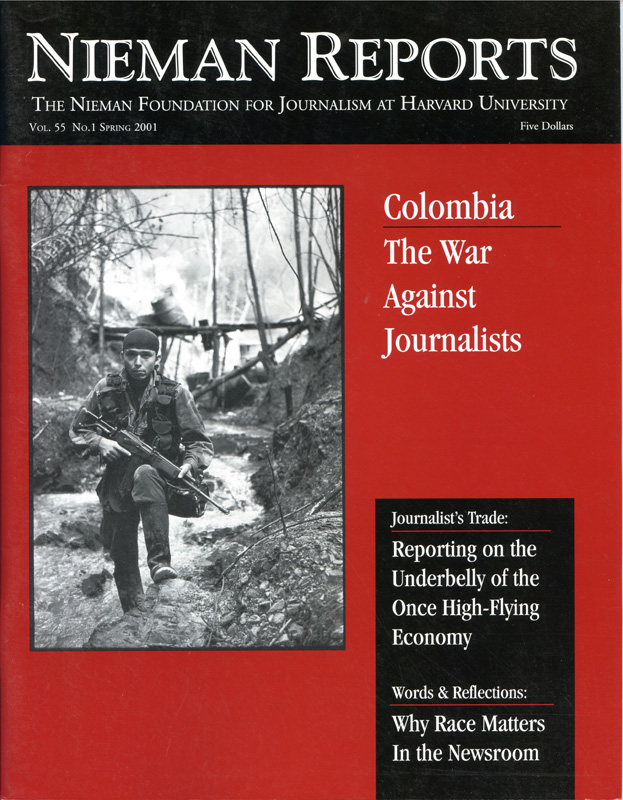Mark Goodman, director of the Student Press Law Center, laments the lessons about journalism and the First Amendment that young people are learning as adults censor what they write. “Professionals who fail to defend student press freedom will have only themselves to blame when young journalists they hire are one day as indifferent to the First Amendment as many working journalists are now to the problems confronted by the high-school press,” Goodman warns. Laurie Becklund, president of Associated Student Press, provides essential tools to highschool journalists with the belief that “high-school news programs are in a better position to save mainstream media than ‘we’ are to save them.” Diana Mitsu Klos, senior project director of the American Society of Newspaper Editors, describes that organization’s new high-school journalism project involving collaborative efforts with universities and established media.
Barbara Walsh, a writer at the Portland Press Herald/Maine Sunday Telegram, immersed herself in teenagers’ lives and created a five-part series to tell their stories. “We might have made some of our adult readers uncomfortable, but we promised teens we’d listen to them and tell their stories. It felt good to keep that promise,” she writes. Katherine Cowy Kim, editor of Youth Outlook, explains how young people transform their experiences into published stories. And Celina De León, senior editor at Teen Voices, describes the editorial and personal challenges faced by young women whose editing, writing and artwork comprise this national, quarterly magazine.
Barbara Walsh, a writer at the Portland Press Herald/Maine Sunday Telegram, immersed herself in teenagers’ lives and created a five-part series to tell their stories. “We might have made some of our adult readers uncomfortable, but we promised teens we’d listen to them and tell their stories. It felt good to keep that promise,” she writes. Katherine Cowy Kim, editor of Youth Outlook, explains how young people transform their experiences into published stories. And Celina De León, senior editor at Teen Voices, describes the editorial and personal challenges faced by young women whose editing, writing and artwork comprise this national, quarterly magazine.



